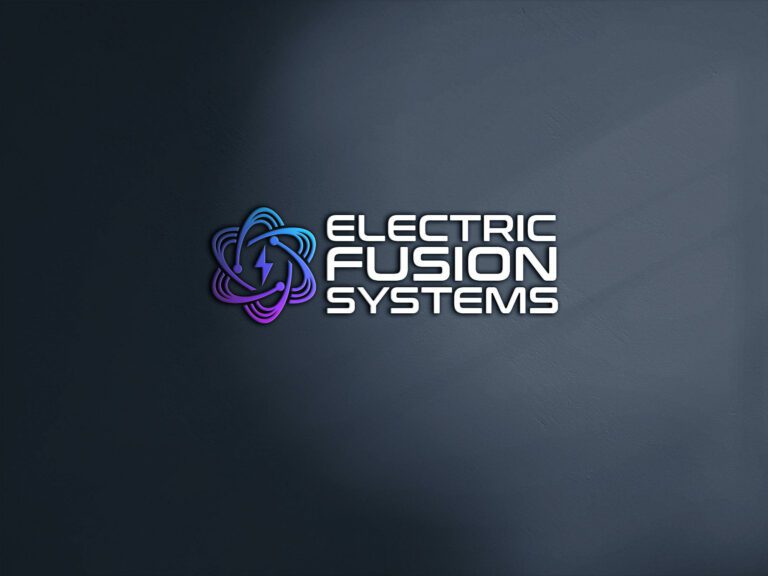Recent measurements of the reaction 2H(d,p)3H in metallic environments at very low energies performed by different experimental groups point to an enhanced electron screening effect. However, the resulting screening energies differ strongly for divers host metals and different experiments. Here, we present new experimental results and investigations of interfering processes in the irradiated targets. These measurements inside metals set special challenges and pitfalls which make them and the data analysis particularly error-prone. There are multi-parameter collateral effects which are crucial for the correct interpretation of the observed experimental yields. They mainly originate from target surface contaminations due to residual gases in the vacuum as well as from inhomogeneities and instabilities in the deuteron density distribution in the targets. In order to address these problems an improved differential analysis method beyond the standard procedures has been implemented. Profound scrutiny of the other experiments demonstrates that the observed unusual changes in the reaction yields are mainly due to deuteron density dynamics simulating the alleged screening energy values. The experimental results are compared with different theoretical models of the electron screening in metals. The Debye-Hiickel model that has been previously proposed to explain the influence of the electron screening on both nuclear reactions and radioactive decays could be clearly excluded.
Introducing EFS’s Fusion Energy AI Ambassador
BROOMFIELD, Colo., September 21, 2023 (Newswire.com) – Electric Fusion Systems (EFS) acknowledges the challenges faced in conveying the intricacies of our novel fusion approach to

